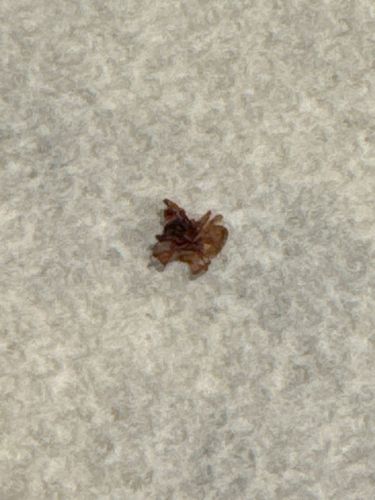Common Bed Bug
Scientific Name: Cimex lectularius
Order & Family: Hemiptera (Order), Cimicidae (Family)
Size: Adults are typically 4-5 mm (0.16-0.20 inches) long, oval-shaped, and flattened; engorged bed bugs are larger and more reddish-brown.

Natural Habitat
Bed bugs typically live in close proximity to their human hosts, often in mattresses, box springs, bed frames, headboards, and furniture near the bed. They can also hide in cracks in walls, behind wallpaper, in electrical outlets, and under carpets. They thrive in environments with human habitation and are not limited by cleanliness.
Diet & Feeding
Strictly hematophagous, meaning they feed exclusively on the blood of warm-blooded animals, primarily humans.
Behavior Patterns
Bed bugs are primarily nocturnal, feeding on human blood while the host is asleep. They are very adept at hiding in cracks and crevices, making them difficult to detect and eradicate. They can go for extended periods without feeding, sometimes several months.
Risks & Benefits
Risks: Bed bugs can cause itchy red welts from their bites, leading to discomfort, sleep deprivation, and secondary skin infections from scratching. While not known to transmit diseases, they can cause significant psychological distress. Benefits: There are no known benefits of bed bugs to humans or the ecosystem; they are considered a nuisance pest.
Identified on: 8/20/2025